Can China Keep It Up?
China’s remarkable economic growth has continued, even in the face of global economic recession. But eventually, the pace will falter.
Can China keep up recent robust economic growth? How sustainable is the Asian behemoth’s recovery? For U.S. business, it’s not an academic question. America’s health depends on the answer. China is the third biggest customer for U.S. exports, and Beijing is America’s largest foreign creditor. Moreover, its substantial purchases of U.S. government debt help keep interest rates low.
This year and next, the giant will continue to make strong strides, racking up 8% to 9% growth in gross domestic product (GDP)—a much more vigorous pace than most other nations’. But to achieve that growth, Beijing will have to rely on a massive government stimulus package: a combination of new government spending, increased lending from state-owned banks and bond finance that will add up to the equivalent of 15% of the Chinese GDP this year.
Further out, the outlook is less bright. China needs exports to extend its recovery—foreign sales and related investments account for over 30% of its GDP growth. Beijing’s stimulus is adding jobs in construction, but wages are lower for them than for factory employment and won’t make up for economic juice lost to lower world demand for manufactures. How many manufacturing jobs return, and how quickly, will depend on global economic recovery.
From just $107.88 $24.99 for Kiplinger Personal Finance
Become a smarter, better informed investor. Subscribe from just $107.88 $24.99, plus get up to 4 Special Issues

Sign up for Kiplinger’s Free Newsletters
Profit and prosper with the best of expert advice on investing, taxes, retirement, personal finance and more - straight to your e-mail.
Profit and prosper with the best of expert advice - straight to your e-mail.
Beijing must also boost private spending. Current efforts aren’t doing the trick. Low wages and no safety net keep most Chinese from spending, despite jumped-up government outlays on pensions and education plus tax breaks and rebates for buying TVs, cars and household appliances. “There is as yet no convincing evidence that the structure of demand is shifting away from investment and toward consumption,” says Arthur Kroeber, managing director of Beijing-based economic advisory firm Dragonomics. Until China’s leaders find a way to change that, economic growth will rely on state driven investment and exports.
Meanwhile, U.S. businesses are seeing little direct benefit from the Chinese stimulus. A “Buy China” provision mandates that government-funded infrastructure projects use materials that come from China with no exceptions. Despite the restrictions, some firms—in architectural services and specialized machinery, for example—have made inroads. But they are few and far between—a major disappointment for U.S. makers of earthmovers and other construction equipment and materials.
“The big concern on the broader issue of trade is that China’s need to keep exporting will lead to a lot of trade frictions with the U.S.,” says Eswar Prasad, a professor of trade policy at Cornell University. The Buy China provision of China’s stimulus may be a response to the Buy America rules attached to the U.S. package. But Beijing also appears to be backtracking on efforts to eliminate tax breaks for Chinese exporters. Such moves play into the hands of U.S. manufacturers and allied politicians who are pushing for greater protection from Chinese competition via antidumping orders and dispute filings before the World Trade Organization.
Meanwhile, Beijing’s recent moves carry the seeds of future troubles. Stimulus spending contributes to overcapacity. There’s already a surfeit of highways, ports, airports and power plants. The country’s other big beneficiaries of government largesse—heavy industries such as steel, industrial-strength glass and aluminum—have spare capacity as well. The risks of deflation are rising.
Any unprofitable projects will cause nonperforming loans to mushroom. If that weren’t enough, much of the new liquidity flowing through the system is sloshing into property and stock markets. That could easily create bubbles, which, when burst, would saddle Chinese banks with even more bad debt. State banks may require a second massive bailout, just a few years after the first, to stay afloat.
The government is aware of the problem, but it has to tread carefully. Clamping down too hard on bank lending could smother the nascent recovery. Efforts to consolidate factories have already led to a surge in violent protests by workers who stand to lose their jobs as inefficient plants are shut down.
“Clearly, the structure of production is not in line with the composition of internal demand,” says Wing Thye Woo, an economist with the Brookings Institution and the University of California at Davis. To make up for lost exports, every Chinese citizen would have to buy 20 shirts, six pairs of shoes and 25 teddy bears, Woo says. He notes that some industries will have to close and other ones open, disrupting the economy, if China is to achieve truly sustainable growth. Beijing would prefer to avoid that for now, but in the long run, such a realignment will prove unavoidable.
For weekly updates on topics to improve your business decisionmaking, click here.
Profit and prosper with the best of Kiplinger's advice on investing, taxes, retirement, personal finance and much more. Delivered daily. Enter your email in the box and click Sign Me Up.
-
 You Saved for Retirement: 4 Pressing FAQs Now
You Saved for Retirement: 4 Pressing FAQs NowSaving for retirement is just one step. Now, you have to figure out how to spend and maintain funds. Here are four frequently asked questions at this stage.
-
 How to Stop These 5 Risks From Wrecking Your Retirement
How to Stop These 5 Risks From Wrecking Your RetirementYour retirement could be jeopardized if you ignore the risks you'll face later in life. From inflation to market volatility, here's what to prepare for.
-
 Hesitating to Spend Money You've Saved? How to Get Over It
Hesitating to Spend Money You've Saved? How to Get Over ItEven when your financial plan says you're ready for a big move, it's normal to hesitate — but haven't you earned the right to trust your plan (and yourself)?
-
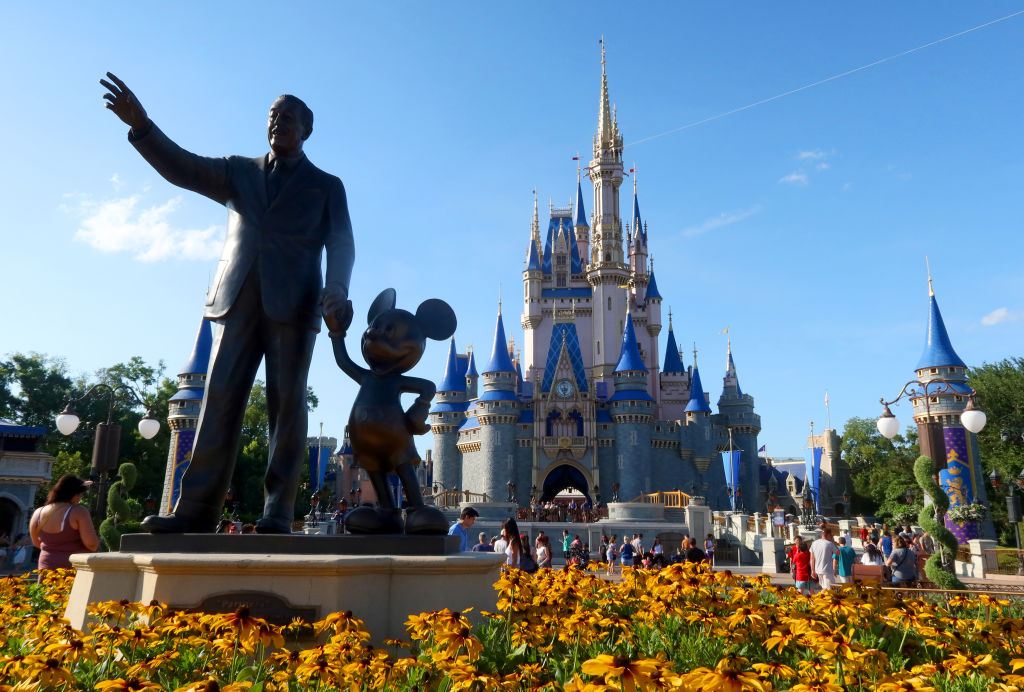 Disney’s Risky Acceptance of AI Videos
Disney’s Risky Acceptance of AI VideosThe Kiplinger Letter Disney will let fans run wild with AI-generated videos of its top characters. The move highlights the uneasy partnership between AI companies and Hollywood.
-
 AI Appliances Aren’t Exciting Buyers…Yet
AI Appliances Aren’t Exciting Buyers…YetThe Kiplinger Letter Artificial intelligence is being embedded into all sorts of appliances. Now sellers need to get customers to care about AI-powered laundry.
-
 What to Expect from the Global Economy in 2026
What to Expect from the Global Economy in 2026The Kiplinger Letter Economic growth across the globe will be highly uneven, with some major economies accelerating while others hit the brakes.
-
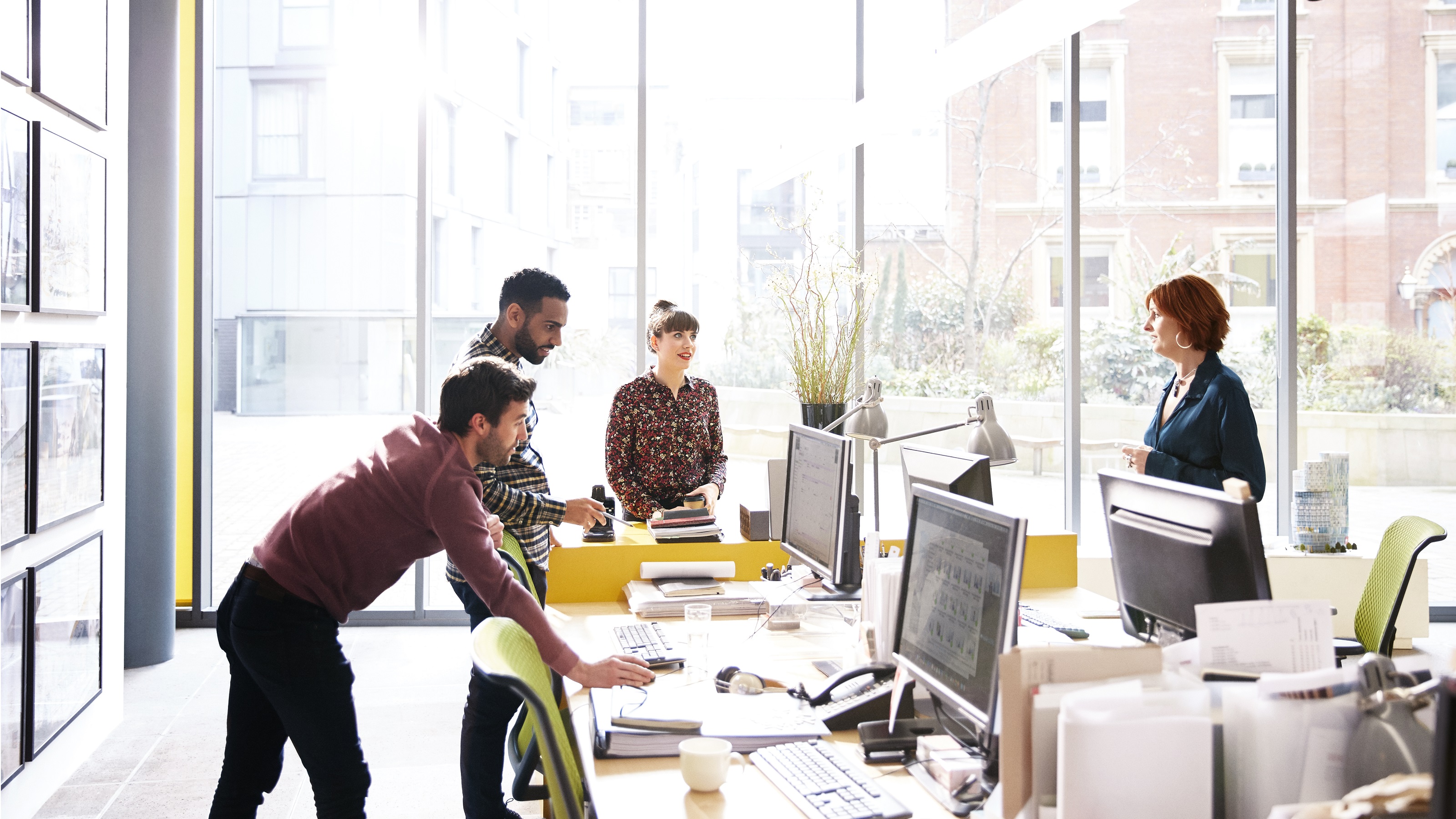 The AI Boom Will Lift IT Spending Next Year
The AI Boom Will Lift IT Spending Next YearThe Kiplinger Letter 2026 will be one of strongest years for the IT industry since the PC boom and early days of the Web in the mid-1990s.
-
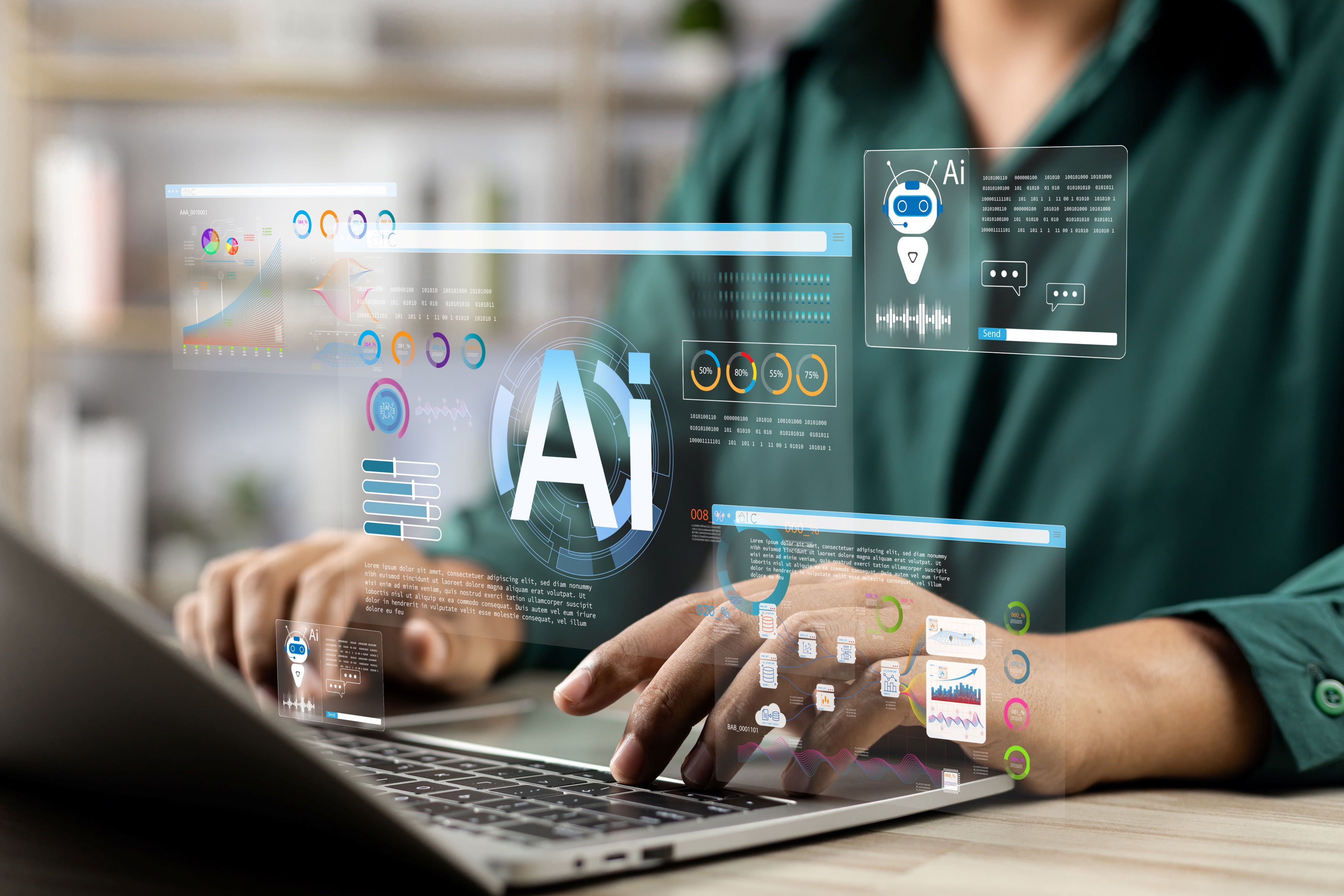 Amid Mounting Uncertainty: Five Forecasts About AI
Amid Mounting Uncertainty: Five Forecasts About AIThe Kiplinger Letter With the risk of overspending on AI data centers hotly debated, here are some forecasts about AI that we can make with some confidence.
-
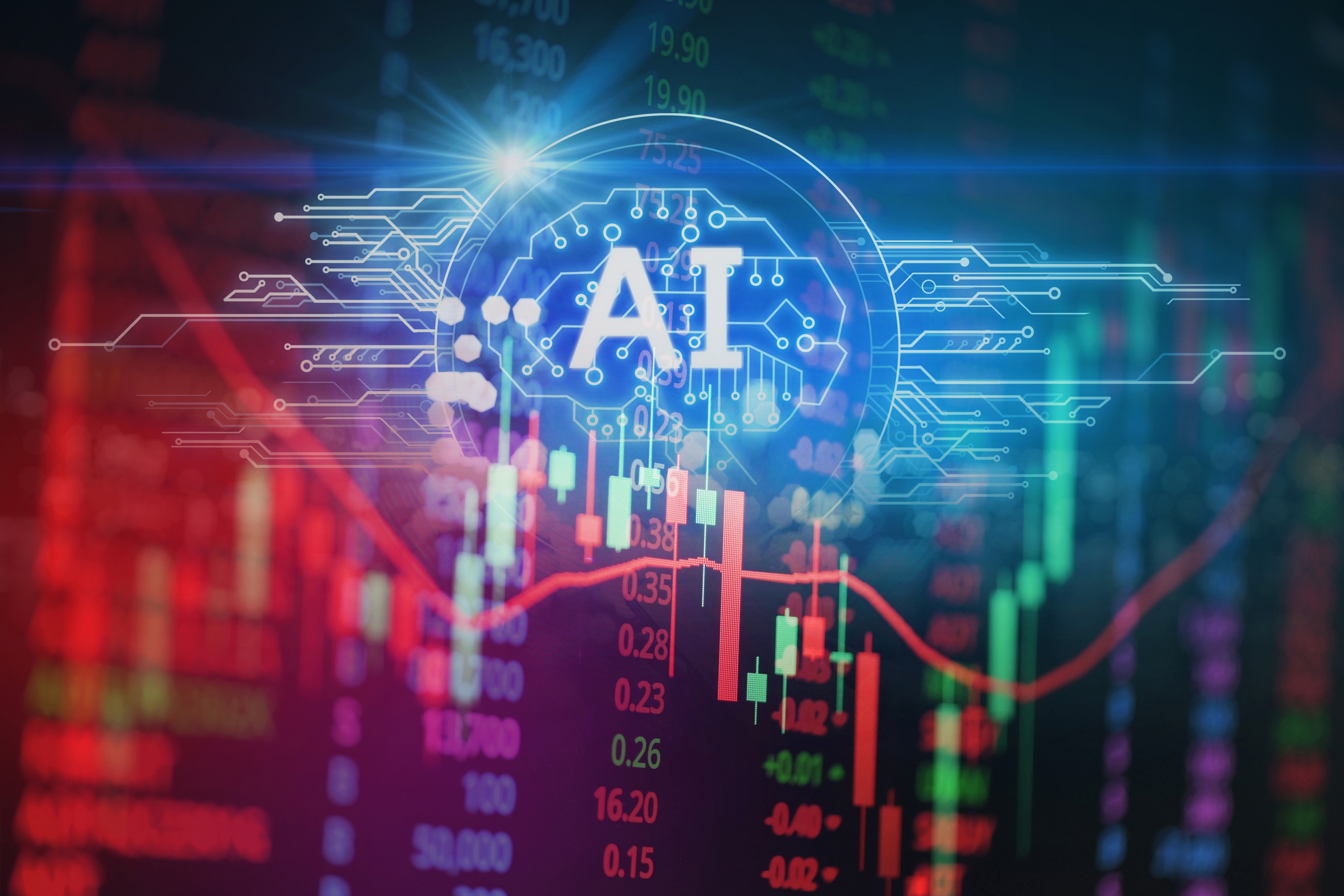 Worried About an AI Bubble? Here’s What You Need to Know
Worried About an AI Bubble? Here’s What You Need to KnowThe Kiplinger Letter Though AI is a transformative technology, it’s worth paying attention to the rising economic and financial risks. Here’s some guidance to navigate AI’s future.
-
 Will AI Videos Disrupt Social Media?
Will AI Videos Disrupt Social Media?The Kiplinger Letter With the introduction of OpenAI’s new AI social media app, Sora, the internet is about to be flooded with startling AI-generated videos.
-
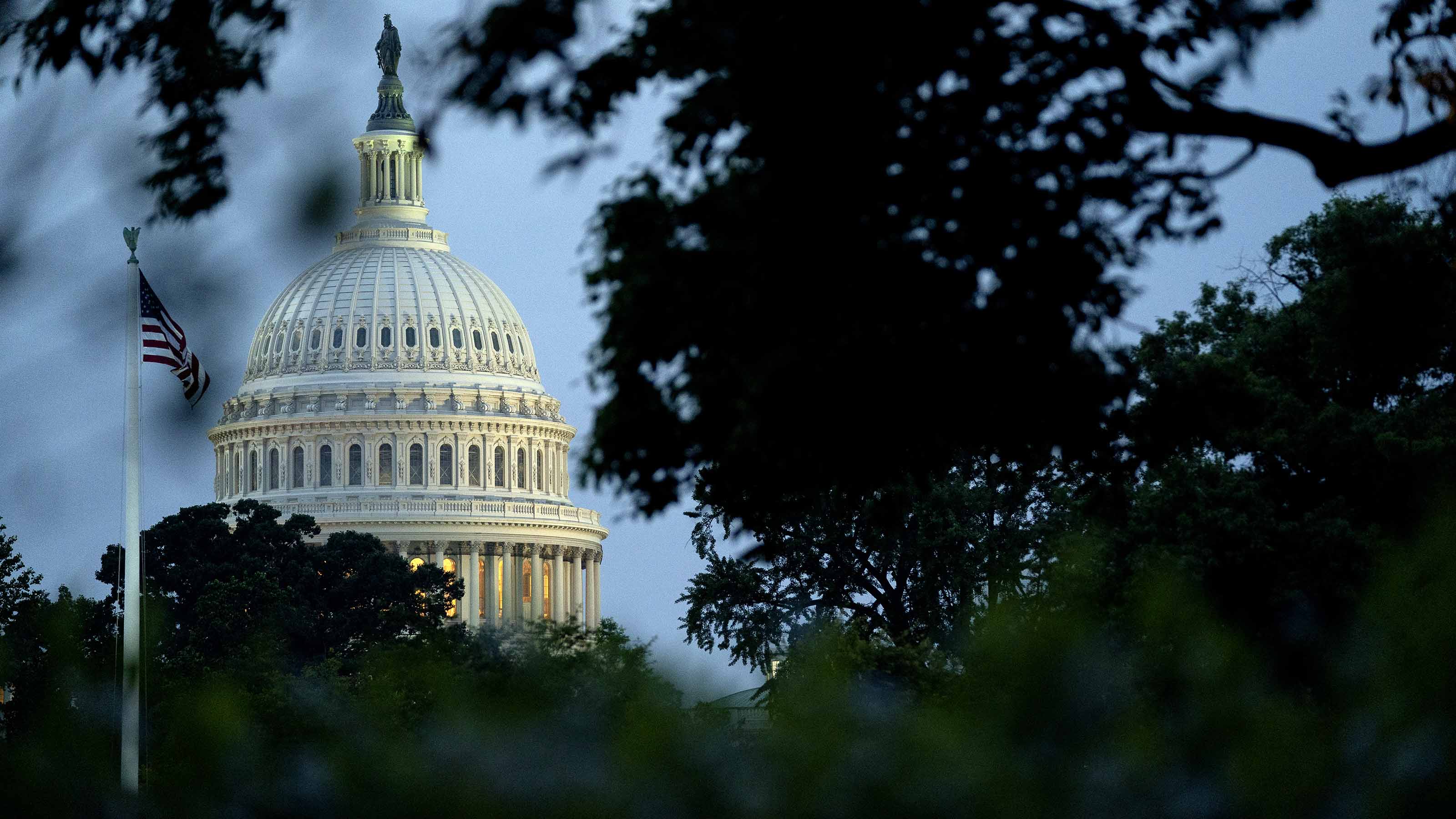 What Services Are Open During the Government Shutdown?
What Services Are Open During the Government Shutdown?The Kiplinger Letter As the shutdown drags on, many basic federal services will increasingly be affected.